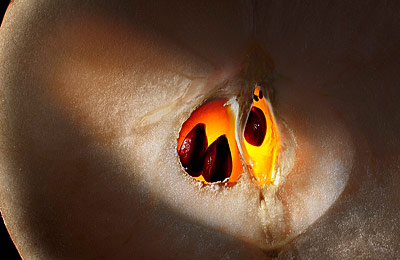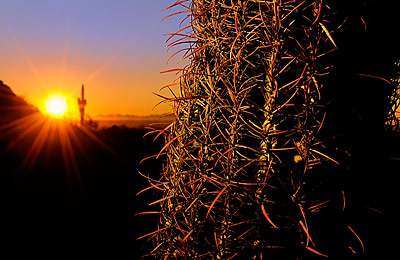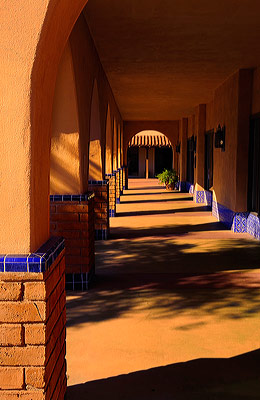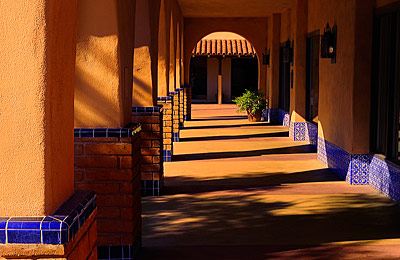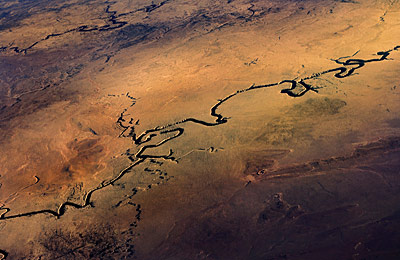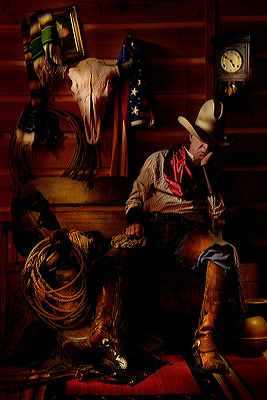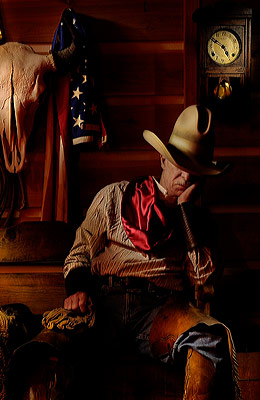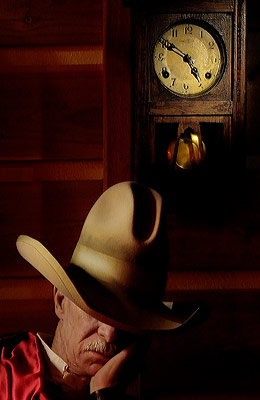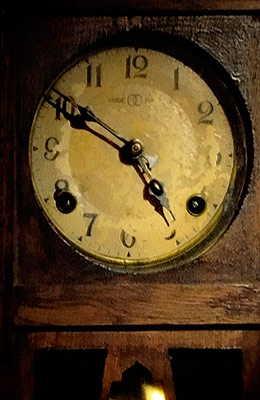Workshop at the Ranch – February 2009 – The Nikon D3X….Part 1
![]() Hi and welcome to this edition of Workshop at the Ranch. First let me say thank you to all of you who took the time to write me an email with your book idea. Hundreds of emails arrived during the month of January and enlightened me on what you would like to see in a book. Nearly 95% of the emails suggested the same format and topics, that being large pictures, Workshop at the Ranch teaching, and a variety of subjects ranging from Sports to Arena Lighting, to Speedlights and Lightpainting. So be it! I’m pleased to say the book is already under way and I am thrilled that so many of you were willing to share your thoughts. I hope to have it available for purchase this Spring. Thank you all so much for your ideas.
Hi and welcome to this edition of Workshop at the Ranch. First let me say thank you to all of you who took the time to write me an email with your book idea. Hundreds of emails arrived during the month of January and enlightened me on what you would like to see in a book. Nearly 95% of the emails suggested the same format and topics, that being large pictures, Workshop at the Ranch teaching, and a variety of subjects ranging from Sports to Arena Lighting, to Speedlights and Lightpainting. So be it! I’m pleased to say the book is already under way and I am thrilled that so many of you were willing to share your thoughts. I hope to have it available for purchase this Spring. Thank you all so much for your ideas.
Hi and welcome to this edition of Workshop at the Ranch. First let me say thank you to all of you who took the time to write me an email with your book idea. Hundreds of emails arrived during the month of January and enlightened me on what you would like to see in a book. Nearly 95% of the emails suggested the same format and topics, that being large pictures, Workshop at the Ranch teaching, and a variety of subjects ranging from Sports to Arena Lighting, to Speedlights and Lightpainting. So be it! I’m pleased to say the book is already under way and I am thrilled that so many of you were willing to share your thoughts. I hope to have it available for purchase this Spring. Thank you all so much for your ideas.
Okay, let’s get started on a new year of Workshops at the Ranch and what better topic to discuss than the NEW Nikon D3X. Yes, I bought one and it is amazing! This may not be the camera for everyone, but it is definitely the camera for those who’s work revolves around the studio portrait, but, I believe the D3X has much more to offer than just the ultimate in portrait quality. For those who shoot landscapes, or macro details, or anything that is lit with strobes or Speedlights, or if the commercial/advertising market is your goal, then the Nikon D3X may be the camera for you. During the past 10 years I have pushed myself to increase my photographic skill level and subject matter, thus broaden my client base. While my first 20 years of business was dominated by sports photojournalism imagery alone I now have clients where my photography outside of athletics is generating income. And while fine studio portraiture is not a direction I want to pursue, subjects that involve location lighting, landscapes, and Lightpainting, and the commercial/advertising market place is clearly something I see as both exciting and beneficial, and I believe the Nikon D3X is the megapixel camera to further my career and carry my work to a higher level of excellence.
Let’s look at a few comparisons between the NEW Nikon D3X and the Nikon D3 and Nikon D700. Let’s just say that the D3 and D700 are identical with regards to image quality, High ISO settings, Auto Focus modes etc. For the most part the price, the frames per seconds rate, and dual vs single card slot capabilities separates them. But the difference between the D3/D700 and the D3X is considerable. Perhaps the most obvious is the price, $7,499 for a D3X while a D3 is about $4,399 and a D700 is about $2,699 (I’m quoting prices where I buy all my photographic equipment at Roberts Imaging, phone: 800-726-5544.) Another difference is the sensor, D3/D700 have 12.1 megapixel FX format while the D3X boasts 24.5 megapixel FX format. And then there is the High ISO performance. The D3 and D700 are the undisputed champions of High ISO imaging, weighing in at the unbelievable High ISO sensitivity level of ISO6400 while the D3X achieves a much more modest ISO1600, and that 1600 is not quite as clean as a D3 or D700 at ISO1600. Personally, the frames per second rate is a non issue for me as the D3 clocks in at 9 fps while the D700 and D3X achieve 5 fps. This frame rate of 5 fps is the D3X maximum when set at 12 bit depth. At 14 bit depth the frame rate is much slower for the D3X at just under 2 fps. But here’s food for thought, the D3X at 12 bit and in the crop mode will crank 7 fps … well now, with the D3X supplying twice as many pixels the crop mode file is 10.5 megapixels (3968 X 2640) … nearly the size of the D3 file without a crop mode (4256 X 2832.) Very interesting indeed. This suggests that by using the D3X in the crop mode I can achieve 7 fps and have nearly the same quality of image that a D3 or D700 produces, but keep in mind that the High ISO capabilities are far less in the D3X than a D3 or D700.
So why did I buy a D3X? Primarily for the unparalleled image quality in a 35mm camera, and that image quality leads to commercial /advertising jobs and sales which translates to commercial/advertising income, which far exceeds income from editorial day rates and in my opinion makes the additional cost of $3,100 (over a D3) a sensible business decision. The market place for your images is a major component in determining what camera you use. My work still includes editorial work of which the D3 or D700 reign supreme, but if I use a D3X to cover football, swimming, tennis etc, etc, my images will stand out as higher quality than those photographers I’m competing against for clients. My business now goes beyond editorial and includes commercial jobs and sales every month and the Nikon D3X will help me achieve the higher standard of excellence that is required for that end of the industry.
The quality of detail that each D3X file produces is remarkable. For jobs that I use arena lighting, Speedlights, or Lightpainting, and even for my landscapes or nature images to excel in the market place, whether published or in print enlargements, I have always looked forward to the reality of medium format quality in a 35mm camera and the Nikon D3X does that for me. Sports coverage with the D3X is clearly possible when there is good available light or strobe use, but the Nikon D3 will still be king and my choice when it comes to editorial sports coverage especially at the higher ISO settings. No other camera can do so much as the D3. But I foresee grafting in the D3X whenever possible. An example might be shooting the first half of a football game with the D3X while the light is sufficient and then using the D3 in the second half when the field falls into shadow or the stadium lights come on. Keep in mind that I do not think Nikon intended the D3X as a sports camera, but that doesn’t mean I can’t use it as one when possible. Why do it? …Do magazines need that kind of megapixel quality? Probably not as a rule, but I don’t know any editor who doesn’t want more quality, and sometimes even a 600mm lens can be too short for a key play and the D3X with its 24.5 megapixel file could easily be cropped by as much as 50% and make a fantastic two page spread or cover without hesitation.
I purchased my Nikon D3X soon after Christmas and have been incorporating it into my daily business and projects with frequency. I have more testing and more jobs for the D3X planned for the month of February of which I will write about in the March Workshop at the Ranch, but for now, let’s take a look at some images made with the NEW Nikon D3X 24.5 megapixel camera.
The NEW Nikon D3X brings the photographer to medium format quality in a familiar 35mm camera. For those who work with studio portraiture and lit situations on location this could be the camera for you. If print enlargements of 24X36 or 48X72 are your market place then this could be the camera for you. If small details are what your clients expect then this could be the camera for you. If you cover the news, don’t be too hasty. The D3X is not a D3 or D700 and, in my opinion, was not built to be used as such, but that does not mean you can’t use it for magazine work. Many of the sports I shoot are indoor arena events where I use Elinchrom strobe lighting or outdoor events using Nikon SB-900 Speedlights or Ranger packs and the D3X will work well for those situations when good lighting and reasonable ISO settings are used. Also, if you shoot landscapes or travel imagery for magazines, example: Arizona Highways, National Geographic or similar high quality slick magazine publications then the D3X should definitely be considered. The D3X will be a go to camera for many of these jobs and especially when commercial/advertising clients are involved. With the D3X ISO sensitivity topping out at ISO1600 (and I repeat, the D3X ISO1600 is not quite as clean as the D3 or D700 at ISO1600) the D3 and D700 are preferable for low light situations and will out perform the D3X with regards to noise.
I consider this February Workshop at the Ranch article as PART 1 of my D3X commentary. I have some sports work to do in February and more Lightpaintings, and so I will push the D3X to some additional limits like strobed action and High ISO sensitivity levels. My hope is that this first article answers a few questions for those of you who are flirting with the D3X or for those who said “no way.” I have looked at some online website reviews written by accomplished photographers and see examples of charts, graphs and test images that I find useful but a little hard for me to relate to, so I give you my own examples and commentary as it applies to my business, clients, and market place. These are the kinds of pictures I make for clients, and sell as stock imaging … and I like what I see. I believe the Nikon D3X will move my work forward into some new areas, help broaden my client base and increase my income, and that is how I can justify the price that seems to set many D3X reviewers so grumpy. Commercial jobs and clients pay more money than editorial magazines. I still like to do editorial work, it’s fun and exciting, but I also love to be the creative director while orchestrating a photo shoot, especially when it involves athletes and sports action so I now own all three Nikon cameras D700, D3 and D3X … It’s my job and livelihood. Think before you purchase … who are your clients, what degree of quality do they require, or perhaps, and I truly believe this, can you set a new standard of quality and excellence for your editors and clients by using the Nikon D3X and thus widen the gap between you and your competitors. Now that’s good business.
The success of my business has been based on a variety of principles, one being “raise the bar of quality in my images and force the competition to catch me.” When I started and everyone used negative film, I used transparency slide film because it was better quality imagery required by Sports Illustrated, Newsweek, Time, SPORT, etc … When only Sports Illustrated photographers used arena strobe lighting, I made the investment in sport strobes and raised my work to the SI standard of excellence, and I paid for them in just 2 assignments … At the 2000 Summer Olympic Games in Sydney, Australia many of my colleagues ridiculed me for shooting digital, I was hurt and treated as if I where an ethical traitor, but I knew digital was the future and I had a giant head start over all of them in the digital age. In all these situations and many others I never looked back, I just kept pressing forward. The Nikon D3X is not for everyone, but make close examination of your business. If this 24.5 megapixel camera can set you apart from your competitors by raising the quality bar higher than others are willing to go, then perhaps the D3X IS the camera for you.
Great to be off and running in 2009. Great to have you all here at Workshop at the Ranch each month. See you next month when I continue my commentary on the NEW Nikon D3X camera.
Adios, Dave


